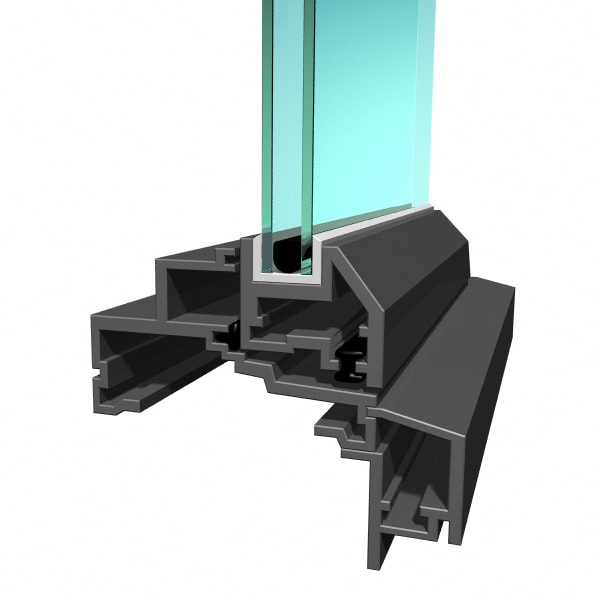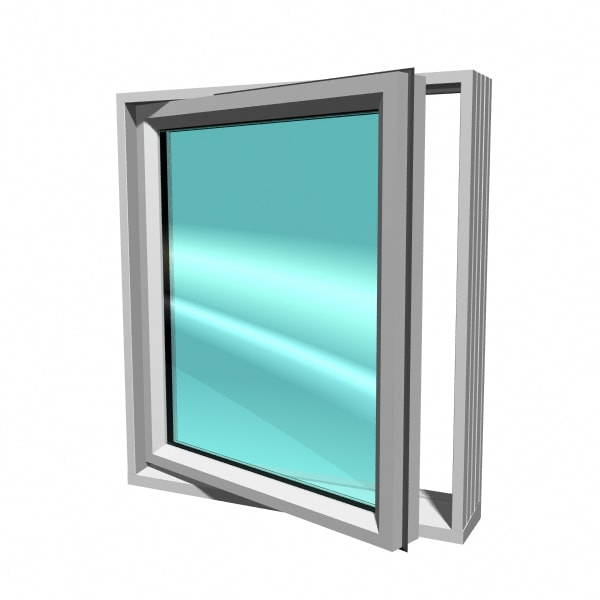Everything you need to know about building materials
Here are the most common window frame materials available on the market today.

PVC
Advantages
- Low cost
- Easy maintenance
Drawbacks
- Variable quality
- Sensitive to temperature fluctuations
- Jambs and posts of larger windows must be steel-reinforced to be sufficiently solid

Wood
Wood loses points when it comes to maintenance. Stain or water-repellent paint applied periodically is an excellent way to maintain weather resistance, but it is of course time-consuming. Frames are generally made of cedar or pine.
Advantages
- Rigidity and insulating properties are well-known
- No other material can match the charm and warmth of natural wood
Drawback
- Substantial maintenance

Clad wood
Either PVC or aluminum-clad, the water tightness of the cladding is extremely important. If the cladding is not sufficiently watertight, the wood will eventually rot.
Aluminum-clad wood: The most expensive models are covered with extruded aluminum profiles attached to the wooden frame on the outside, while the least expensive models , are made with folded aluminum sheets.
PVC-clad wood: The PVC-covered window frame is built along the same lines, meaning that PVC is shaped to cover the wood frame.
Advantage
- Interesting compromise for those who want the qualities of wood without the maintenance of an exterior frame
Drawbacks
- PVC-clad wood: must be sufficiently thick to be resistant
- Aluminum-clad wood: variable quality

Aluminium
However, the high degree of thermal conductivity in aluminum makes it less energy efficient. Manufacturers have made improvements by injecting polyurethane foam into the actual chassis of the window and adding a thermal barrier (or bridge) between the exterior and interior components.
Advantages
- Material with the best rigidity
- Impressive life span
- Requires virtually no maintenance
Drawback
- Poor insulation

Fibreglass
Advantages
- Rigidity comparable to that of metal
- Good energy efficiency
- Versatile
- Overall superior quality
Drawback
- Very expensive























